Earth
The Earth is the third planet from the Sun and the only known planet to support life. It is the largest of the terrestrial planets in the solar system and is home to a diverse range of ecosystems, including oceans, mountains, forests, and deserts.
Structure of the Earth
The Earth is composed of several layers:
- Crust: The outermost layer of the Earth, where all life exists.
- Mantle: The layer beneath the crust, composed of solid rock that can flow over long periods of time.
- Outer Core: A liquid layer made of iron and nickel that surrounds the solid inner core.
- Inner Core: The solid, dense center of the Earth, composed primarily of iron and nickel.
Geological Processes
The Earth is constantly undergoing geological processes that shape its surface and contribute to its dynamic nature. These processes include:
- Plate Tectonics: The movement of the Earth's lithosphere (crust and upper mantle) on the semi-fluid asthenosphere beneath it, leading to the formation of mountains, earthquakes, and volcanic activity.
- Erosion: The wearing away of the Earth's surface by natural forces such as wind, water, and glaciers.
- Weathering: The breakdown of rocks and minerals on the Earth's surface due to exposure to the atmosphere and environmental factors.
Study Guide
Here are some key concepts to study when learning about the Earth:
- Identify and describe the layers of the Earth.
- Explain how plate tectonics contribute to the formation of mountains and earthquakes.
- Discuss the impact of erosion and weathering on the Earth's surface.
- Explore the diverse ecosystems and biomes that exist on Earth.
- Investigate the Earth's role in the solar system and its relationship to the Sun and other planets.
Understanding the Earth's structure and geological processes is essential for gaining insight into the planet's history and its potential future changes.
.◂Math Worksheets and Study Guides Fourth Grade. Tables and Graphs
Study Guide Tables and Graphs
Tables and Graphs  Activity Lesson
Activity Lesson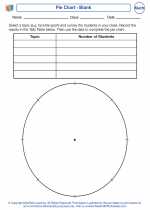 Pie Chart - Blank
Pie Chart - Blank  Activity Lesson
Activity Lesson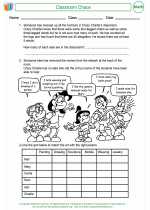 Classroom Chaos
Classroom Chaos  Activity Lesson
Activity Lesson Mary`s Many Movements
Mary`s Many Movements  Worksheet/Answer key
Worksheet/Answer key Tables and Graphs
Tables and Graphs  Worksheet/Answer key
Worksheet/Answer key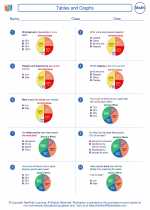 Tables and Graphs
Tables and Graphs  Worksheet/Answer key
Worksheet/Answer key Tables and Graphs
Tables and Graphs  Worksheet/Answer key
Worksheet/Answer key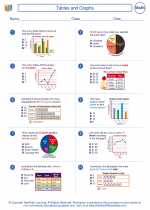 Tables and Graphs
Tables and Graphs  Worksheet/Answer key
Worksheet/Answer key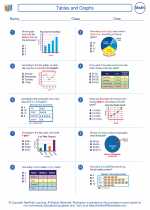 Tables and Graphs
Tables and Graphs  Worksheet/Answer key
Worksheet/Answer key Tables and Graphs
Tables and Graphs  Worksheet/Answer key
Worksheet/Answer key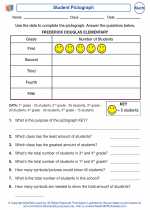 Student Pictograph
Student Pictograph  Worksheet/Answer key
Worksheet/Answer key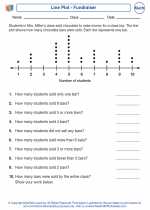 Line Plot - Fundraiser
Line Plot - Fundraiser  Worksheet/Answer key
Worksheet/Answer key Pie Chart - After-School Activities
Pie Chart - After-School Activities 

 Activity Lesson
Activity Lesson
 Activity Lesson
Activity Lesson
 Activity Lesson
Activity Lesson
 Worksheet/Answer key
Worksheet/Answer key
 Worksheet/Answer key
Worksheet/Answer key
 Worksheet/Answer key
Worksheet/Answer key
 Worksheet/Answer key
Worksheet/Answer key
 Worksheet/Answer key
Worksheet/Answer key
 Worksheet/Answer key
Worksheet/Answer key
 Worksheet/Answer key
Worksheet/Answer key
 Worksheet/Answer key
Worksheet/Answer key
 Worksheet/Answer key
Worksheet/Answer key

The resources above cover the following skills:
DATA ANALYSIS
Interpret data displayed in a circle graph.